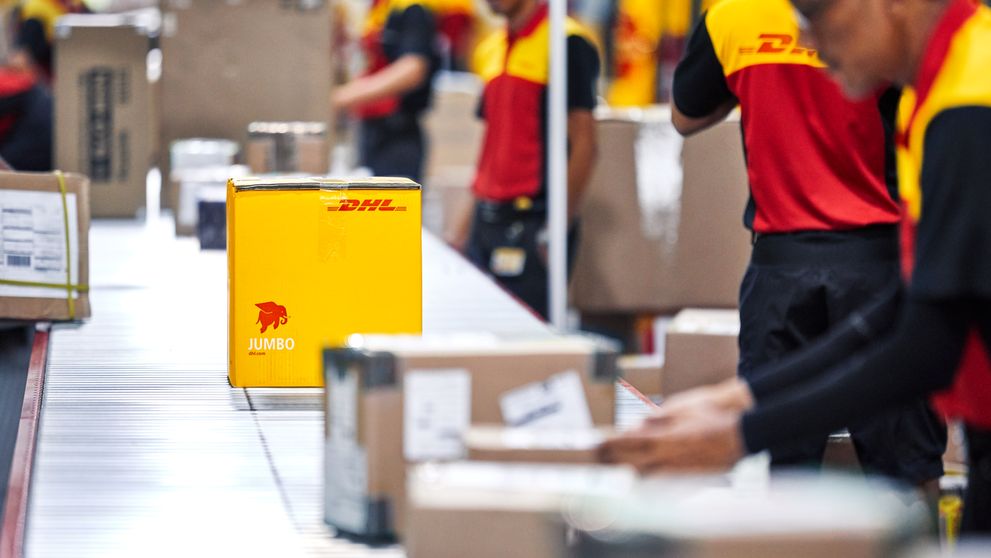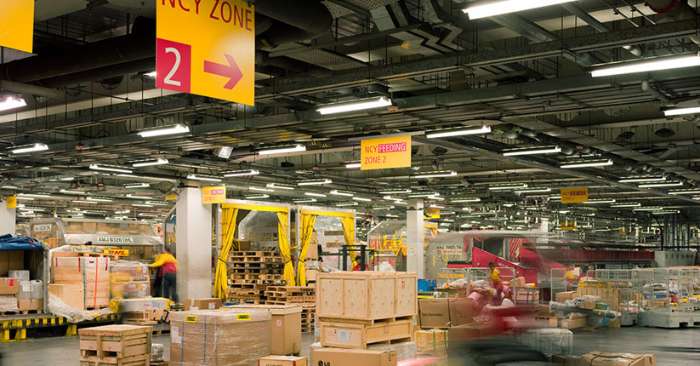Despite the temporary drop in the trading volume due to COVID-19, the Philippines has quickly recovered. Continuing its solid macroeconomic expansion, the country’s total external trade in goods amounted to US$19.35 billion in 2022, according to figures by the Philippine Statistics Authority. While the figures traditionally show a trade deficit, the value of exported products in January 2022 increased at an annual rate of 8.9%, up from 7.3% in the previous month.
The following statistics show a healthy environment for import and export business and local entrepreneurs. The country’s rapid economic growth offers new exporters a thriving market for goods from electronics to coconut oil. Moreover, the existing Free Trade Agreements (FTAs) in the Philippines make it an attractive regional trading hub. Here’s an essential guide on how to export for new entrepreneurs:
What Are The Different Types Of Export Businesses?
Before entering the export business, every entrepreneur should become acquainted with the different variations of export businesses. Here are the most common forms present in the Philippines:
Export Management Company (EMC) – Such a company partners with local businesses to sell their products overseas. Usually, EMCs don’t have the technical know-how or the resources to carry out the in-house tasks. That’s why they focus primarily on handling the export operations.
Export Trading Company (ETC) – As the name suggests, Support Trading Companies (ETCs) specialize in providing support services to exporting businesses. Typically, they assist in various aspects, including shipping, warehousing, and handling any legal requirements underlying during the process.
Import/Export Merchant – The nature of this business is similar to freelancing and involves purchasing goods from a domestic or foreign manufacturer. Then, the freelance agent packs, ships, and resells the product overseas.
What Are The Top Trading Partners Of The Philippines?
Another essential point to consider is the export destination. In 2021, the top trading partners of the Philippines, according to an analysis by World’s Top Exports, were:
United States (US$11.9 billion)
China (US$11.5 billion)
Japan (US$10.7 billion)
Hong Kong (US$9.9 billion)
Singapore (US$4.2 billion)
The Highlights of the Philippine Export and Import Statistics for March 2022 show that the most exports go to countries from the Asia-Pacific Economic Cooperation (APEC). Of course, emerging markets like Europe and the Middle East may offer potential opportunities as well. Understanding the best trading destinations is often a viable metric for exporting overseas, as these markets tend to be accustomed to working with Filipino businesses, making it easier for businesses to start exporting there. It also allows Filipino businesses to localize their products and plan the best ways for businesses to penetrate these markets.






















